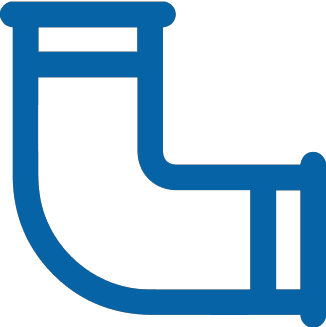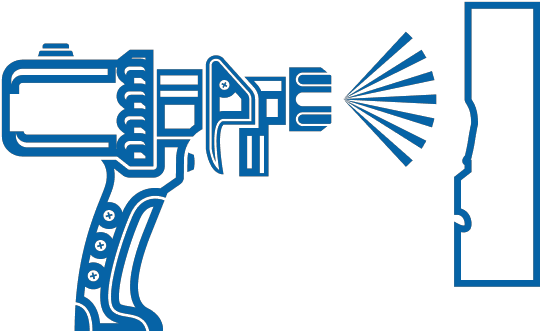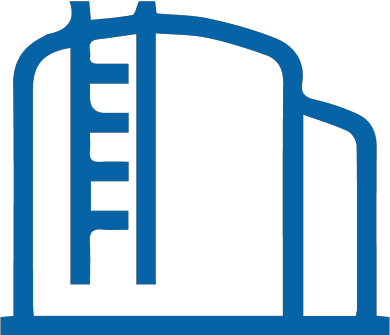ABOVEGROUND STORAGE TANK CONTAINMENT
understanding storage area containment
Aboveground storage tanks (ASTs) are very safe when properly designed and operated. However, ASTs and their associated piping are subject to corrosion, stress, cracking, construction flaws, weld failures, overfills, spills during transfers, and occasionally tank ruptures. Product types in the tanks can range from food-based to petroleum to hazardous materials.
When it’s leak or spill, the stored substances may flow into lakes and rivers, migrate through the soil to the water table, or catch fire, thereby contaminating soil, groundwater, or surface water and creating hazards to aquatic life and human health.
All states regulate stored liquid substances that may pollute the state’s waters if site capacity is less than so many gallons. The goal of regulating ASTs is to prevent spills and leaks by providing storage tank owners with various safeguard options. These options include safeguards such as secondary containment to minimize the impact of a release, corrosion protection, overfill prevention to prevent releases and tank monitoring for leak detection. The level of protection needed depends on the type of product stored, the size of the tank, and the date that the tank was installed.
LEADER IN PROTECTIVE COATINGS
In recent years, the many benefits of polyurea systems have made them attractive as alternatives to traditional epoxy and acrylic systems. UV-resistant aliphatic formulations provide long-lasting exterior or aboveground protection. It is also important that the coatings selected be flexible enough to withstand expansion and contraction for both interior and exterior applications. Steel water tanks often include joints and seams designed for movement in response to changes in the environment. The coatings used to protect these surfaces must have sufficient flexibility to match the expected level of movement.
In addition, coatings used to protect steel in these challenging conditions must meet increasingly stringent environmental regulations, particularly concerning the volatile organic compound (VOC) content. Most technologies in use today are either water-based or 100% solids systems. Fast setting systems (polyureas and polyurethanes) used in OEM facilities are 100% solids, zero VOC, and plasticizer- and extender-free.






































